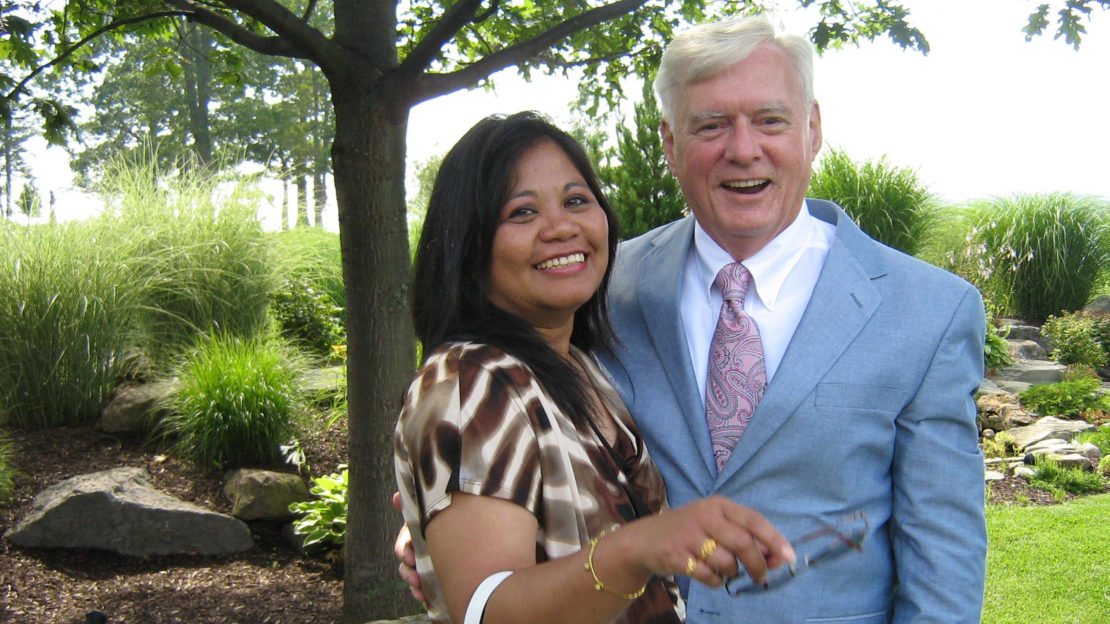
Ron Brown
Joined Dec 2020
Here's part of an interview I had with Gaye Levy in 2020 on her blog "Strategic Living."
GAYE LEVY: Let us start out by learning a little bit about you. I know you live in a small rural community and that you chop a lot of wood. Tell us about yourself and how you ended up where you are today.
RON BROWN: Born 1940. Attended a one-room schoolhouse. Had a pony as a child and a horse as a teenager. Graduated college on the dean's list.
Speaking of genealogy, I joined The Sons of the American Revolution in my 20's. Married 3 times. Delivered 2 babies at home. My second wife and I had a "his, hers, and ours" marriage with custody of — gulp! — 11 children.
At 42 I published my first magazine article in Countryside. Heated with firewood most of my life in addition to raising a vegetable garden and livestock. Third wife is from the Philippines; she and I taught country-western dancing in the 90's.
Worked as an engineering supervisor, production control supervisor, and consultant. Retired at 62 and began collecting Social Security but received a job offer I couldn't refuse in Canada.
Finally, at 65, I REALLY retired.
GAYE LEVY: Why did you write the book series on non-electric lighting? [You can search Google or Amazon for the "Non-Electric Lighting Series."]
RON BROWN: When I began working in Canada (August 1, 2003), the company put us up for 3 months in a furnished luxury townhouse (bedding on the beds, dishes in the cupboards, pool, maid service, all that). As a consequence, we brought no preps with us.
Two weeks later (August 14) the lights went out in the entire northeast for several days. We had no food in the cupboard, no Canadian money, and not so much as one candle for lighting. When the sun went down it got dark.
Later on my wife confessed, "You don't know how close I was to begging you — I'm scared. I don't care about the job. I don't care about the money. Let's go home." (I never told her there wasn't enough gas in the car to get back to the border.)
That blackout was the impetus for the eight-book Non-Electric Lighting Series. It's been well received. Today, whenever I feel sorry for myself, I go to Amazon and browse the reader feedback. Gee, maybe I'm not such a bad guy after all.
Discussions
Reply to: How to start a fire
Posted January 28, 2021
Reply to: What car flashlights and associated batteries do you use?
Posted January 12, 2021
Reply to: How to start a fire
Posted January 12, 2021
Reply to: What car flashlights and associated batteries do you use?
Posted January 10, 2021
Reply to: Emergency lighting
Posted January 10, 2021
Reply to: Emergency lighting
Posted January 9, 2021
Reply to: Emergency lighting
Posted January 8, 2021
Reply to: Emergency lighting
Posted January 8, 2021
Reply to: Best survival and prepper books
Posted December 29, 2020
Reply to: How to start a fire
Posted January 28, 2021
Reply to: What car flashlights and associated batteries do you use?
Posted January 12, 2021
Reply to: How to start a fire
Posted January 12, 2021
Reply to: What car flashlights and associated batteries do you use?
Posted January 10, 2021
Reply to: Emergency lighting
Posted January 10, 2021
Reply to: Emergency lighting
Posted January 9, 2021
Reply to: Emergency lighting
Posted January 8, 2021
Reply to: Emergency lighting
Posted January 8, 2021
Reply to: Best survival and prepper books
Posted December 29, 2020